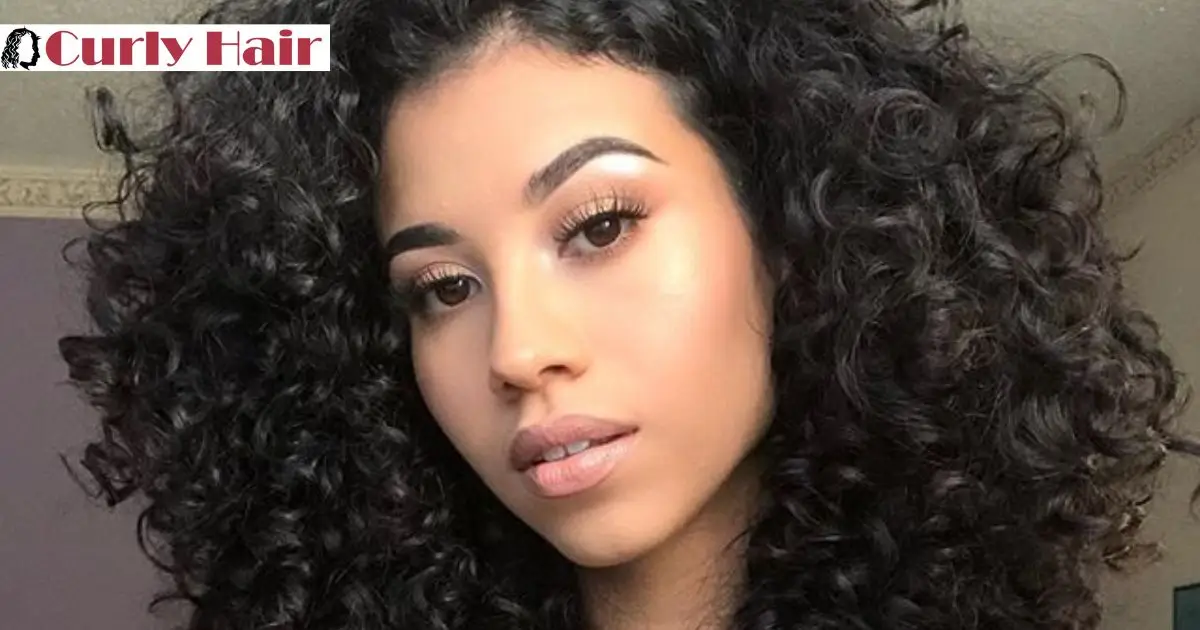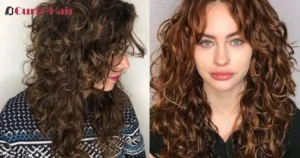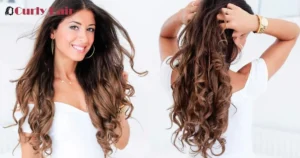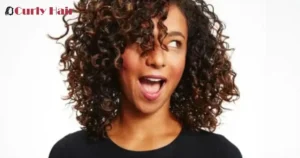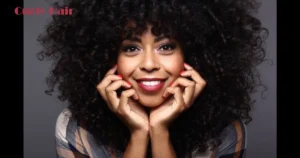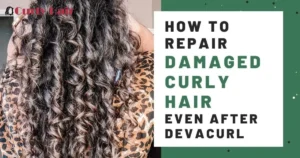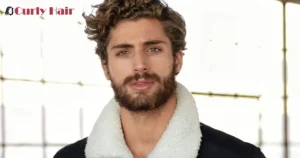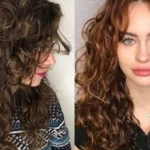Curly hair is unique and comes in different shapes and textures. But figuring out your curl type can be confusing. Knowing your natural curl pattern helps you pick the best hair care routine, products, and styling methods. In this easy-to-understand guide, we will explain curl types, how to identify yours, and the best ways to take care of your curls.
What Are Curl Types?
Curly hair is divided into four main categories based on the Andre Walker Hair Typing System:
- Type 1: Straight Hair
- Type 2: Wavy Hair
- Type 3: Curly Hair
- Type 4: Coily or Kinky Hair
Each type is further divided into subcategories (A, B, and C) based on how tight or loose the curls are.
How to Identify Your Curl Type?
To find out your natural curl pattern, follow these steps:
- Wash and Air Dry:Wash your hair with a mild, sulfate-free shampoo and let it dry naturally without any styling products.
- Check Your Curl Shape :Look at your hair in the mirror when it’s fully dry to see if it’s wavy, curly, or coily.
- Compare With a Curl Chart : Match your curl pattern with the descriptions below.
Type 2: Wavy Hair

Wavy hair falls between straight and curly, forming soft “S” shapes.
- 2A: Very loose, fine waves with little volume.
- 2B: More defined waves with slight frizz.
- 2C: Deep, well-defined waves with a thicker texture.
Best Products: Lightweight curl-enhancing creams, frizz control serums, and mousse.
Type 3: Curly Hair
Curly hair forms clear ringlets and has more bounce and volume.
- 3A: Loose, big curls with a soft texture.
- 3B: Tighter, spiral curls with more definition.
- 3C: Corkscrew curls that are thick, dense, and voluminous.
Best Products: Hydrating curl creams, leave-in conditioners, and curl-defining gels.This products are best and also increase your curly thick hair.
Type 4: Coily/Kinky Hair
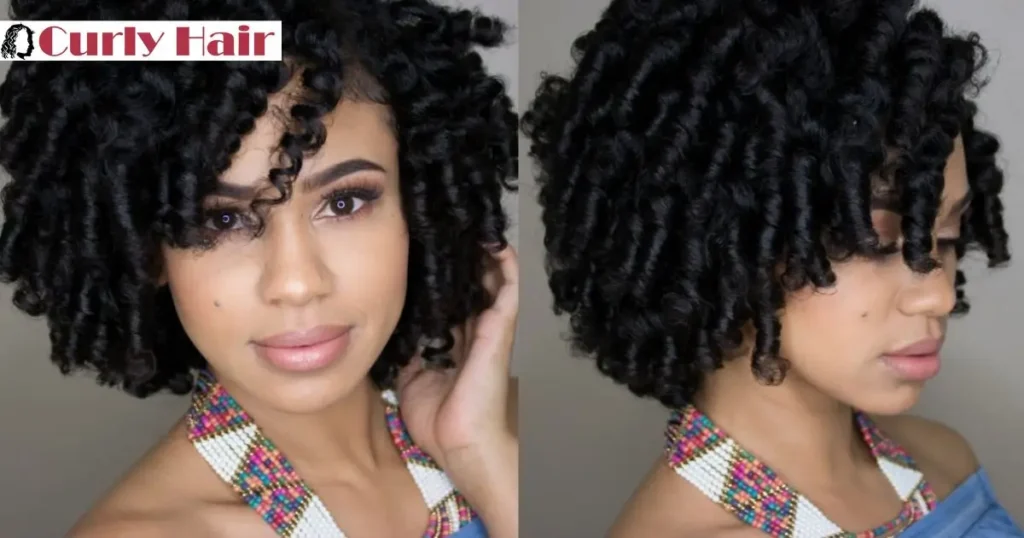
Coily hair has tight curls or a zig-zag pattern and is often dry because it doesn’t retain moisture easily and it gives the look of natural Kinky hair.
- 4A: Defined, tight coils that form small spirals.
- 4B: “Z”-shaped curls with less definition and more shrinkage.
- 4C: The tightest coils with high shrinkage and a fragile texture.
Best Products: Thick butters, deep conditioners, and rich styling creams for moisture retention.
Factors That Can Change Your Curl Type
Your curl pattern can change due to:
- Genetics: Your hair texture is mostly inherited.
- Weather & Humidity: High humidity can make curls frizzier, while dry air can make them brittle.
- Heat & Chemical Treatments: Straightening, coloring, or relaxing hair can loosen curls.
- Hair Porosity: Determines how well your hair absorbs moisture and products.
How to Take Care of Your Curl Type?
Follow this steps for best defined curl types:
Follow a Curl-Friendly Routine
No matter your curl type, following the right routine will help your curls stay healthy and defined and also gives you shiny curly hair.
- Cleansing: Use sulfate-free shampoos or co-wash to keep hair hydrated.
- Conditioning: Deep condition weekly to prevent dryness and keep curls soft.
- Styling: Apply curl-enhancing creams, gels, or mousses to define curls and control frizz.
- Drying: Use a microfiber towel or a diffuser to reduce frizz and preserve curl shape.
Avoid These Common Mistakes
- Skipping Moisture: Dry curls become frizzy and lose shape, so always hydrate.
- Brushing Dry Hair: Use a wide-tooth comb or finger detangle when your hair is wet.
- Using the Wrong Products: Choose formulas that match your curl type for best results.
- Twist-outs & Braid-outs :Enhance curl definition and reduce breakage.
- Pineappling:A loose high ponytail that protects curls while sleeping.
- Buns & Updos:Keep curls safe from tangling and breakage.
Conclusion
Knowing your curl type is the first step in embracing and caring for your natural curls. Whether your hair is wavy, curly, or coily, using the right products and hair care routine will enhance your curls and keep them looking healthy and also enhance your curly hair volume. Now that you understand how to identify your curl type, you can build a routine that makes your hair stronger, shinier, and more defined!
Frequently Asked Questions
Can my curl type change over time?
Yes, curl types can change due to aging, hormonal changes, heat damage, and chemical treatments.
How often should I wash my curly hair?
It depends on your hair type. Wavy hair may need washing every 2-3 days, while coily hair may only need washing once a week or less.
What is hair porosity, and why does it matter?
Hair porosity refers to how well your hair absorbs and retains moisture. Knowing your porosity helps in selecting the right products.
Do I need special products for my curl type?
Yes, using curl-specific products like sulfate-free shampoos, moisturizing conditioners, and curl creams can help enhance and protect your natural curl pattern.
How can I reduce frizz in my curly hair?
To reduce frizz, use hydrating products, avoid touching your hair too much, dry with a microfiber towel, and sleep on a silk pillowcase.
What’s the best way to style curly hair without heat?
Try styling methods like twist-outs, braid-outs, scrunching, and using curl-defining products for heat-free styling.
Why do my curls look different every day?
Factors like weather, product buildup, hydration levels, and how you sleep can affect how your curls look daily.
How can I protect my curls while sleeping?
Use a silk or satin pillowcase, wear a satin bonnet, or put your hair in a loose “pineapple” ponytail to maintain curl shape overnight.
